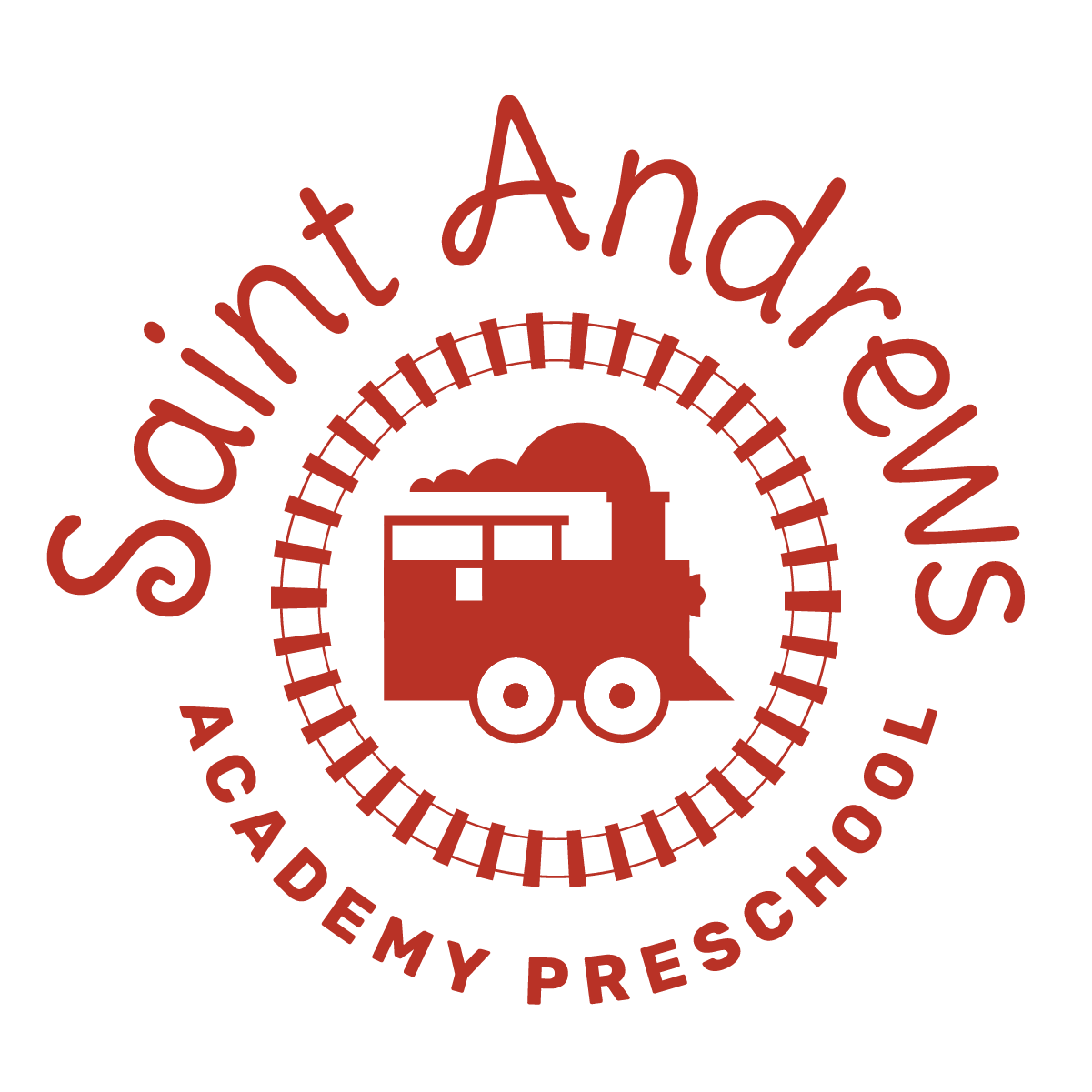Our Teaching Beliefs
Provide children with many different experiences
Always put the interests of the children first
Teach Christian principles in everyday activities
Enhance learning opportunities
Encourage children to explore and discover
Our Curriculum
St Andrews Academy uses ABCJesusLovesMe curriculum. ABCJesusLovesMe provides five comprehensive, research-based curricula for ages 1-5 that focus on academics, development, and Bible learning through play. The goal is to help children become independent, self-confident, inquisitive and enthusiastic learners. If you’d like more information please visit their website: https://abcjesuslovesme.com/curricula/
Manipulative Areas
The manipulative area includes puzzles, various table blocks, small construction materials, such as legos, board games and collections of objects (including shells, bottle caps and buttons). When your child manipulates they explore how things work; learn to be creative and use their imaginations; strengthen and control the small muscles in their hands; work cooperatively and solve problems; and learn math ideas and concepts.
Music
Singing and moving to music gives the children a chance to hear and appreciate different kinds of music, express themselves through their movement and practice new skills. Taking a few minutes to sit together and listen to music can provide a welcome break for both you and your child. The music you share can be kids music, reggae, country, classical or any other music you like.
Outdoor/Gym
Physical exercise and fresh air are important for your child’s health and well-being. We take children outdoors everyday so they can run, jump, swing, climb and use all the large muscles in their bodies. They run around, breathe in the fresh air, look at the clouds, or catch a ball or a bug. They lie on the ground and watch clouds and birds or they climb high and look down. We also talk about the things children see, hear, touch and feel so they become aware of changes in the weather, the seasons, the growth of plants and the animals. When we can’t get outside to play we go into our family center which we utilize as our gym. In the gym we play with balls, hula hoops, tunnels, and other indoor toys.
Being Intentional
“Being intentional” means looking for opportunities throughout the day-during play, daily routines, or reading time- to teach important lessons in character, Biblical truths, and academic skills. It’s not just about completing tasks or checking off learning goals; it’s about creating meaningful connections to learning in everyday moments. Citied: https://www.abcjesuslovesme.com/ideas/incorporate-learning-into-a-day
Discovery/Science
The discovery/science area is a place where children can explore and investigate. They observe, experiment, measure, solve problems, take things apart and explore the materials and living things around them. They guess what will happen as a result. In the discovery area children do what scientists do, they ask questions, plan and conduct investigations, gather information, construct an explanation and communicate findings. They also learn important concepts in science as they study plants, animals, magnets, properties of materials, light, shadows, our body, our senses, how things move and change and much more. In addition to learning science content, they learn how to solve problems together and how to communicate with others.
Sensory
Although you’re probably used to seeing your children splash in the bathtub and dig in a sandbox at the playground you may be surprised to know that the sand and water or sensory area is an important part of our school program. Both sand and water are natural materials for learning. When children pour water into measuring cups, they are exploring math concepts. When they drop corks, stones, feathers and marbles into a tub of water they are scientists exploring which objects float and sink. When they comb sand into patterns they learn about both math and art. Children learn how to compare and contrast during sensory play. We ask questions about how things changed or what the difference in the two mediums are in order for the children to think about their discoveries.
Dramatic Play
Dramatic play is central to children’s healthy development and learning during the preschool years. They pretend to be someone or something different from themselves and make up situations and actions that go along with the role they choose. When children engage in dramatic play they deepen their understanding of the world and develop skills that will serve them throughout their lives. Children who know how to make believe develop a good vocabulary, important for reading. They learn to cooperate with others and solve problems and are able to think abstractly, all important skills for success in school. We talk with children and participate in their play to extend their thinking.
Art
Art is an important part of our curriculum. Every day children find a variety of art materials available on our shelves. Children express original ideas and feelings, improve their coordination, learn to recognize colors and textures, and develop creativity and pride in their accomplishments. We ask children about their art with open ended questions to encourage their confidence and creativity.
Blocks
The block area is one of the most valuable learning materials we have while still being simple. When children build with blocks they learn math concepts, such as the number of blocks that fill a certain space. They compare the height of their buildings and learn geometric shapes. When they lift, stack and move blocks, they explore weight and size. Each time children use blocks they are making decisions about how to build a structure or solve a construction problem. Children often use blocks to recreate the world around them. They learn to work together and to cooperate to create different spaces. We encourage children to talk about what they are doing, to promote language development. You can easily setup a block area in your own home as well in order to expand your child’s play.
Literacy
The Creative Curriculum reviews the latest research about early literacy and how teachers implement this within the classroom. There are six essential aspects to leaching literacy in our preschool classrooms: talking, playing, and singing with language; reading aloud, story telling, and story retelling.

